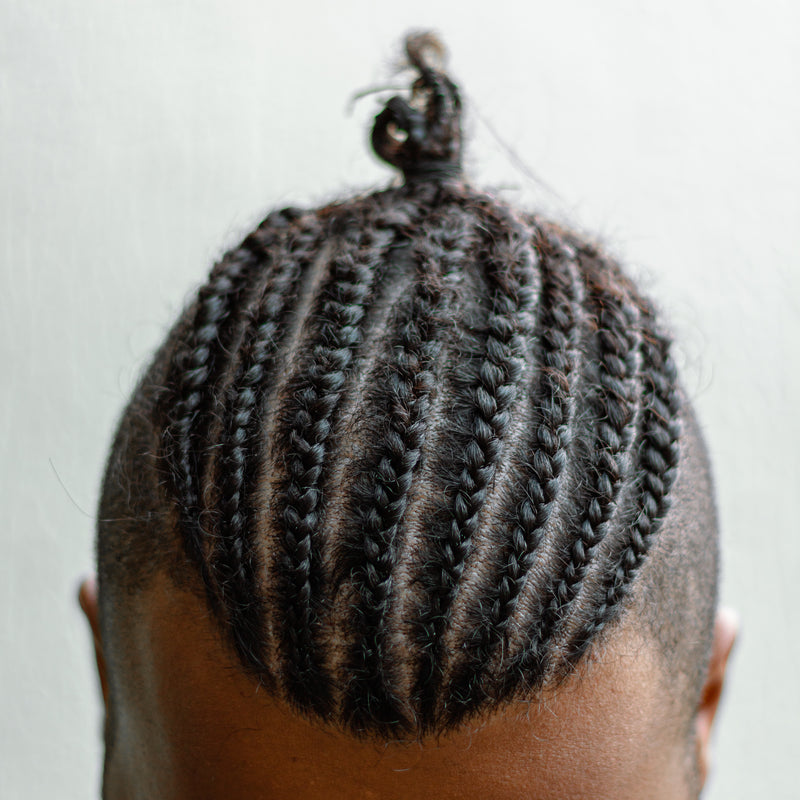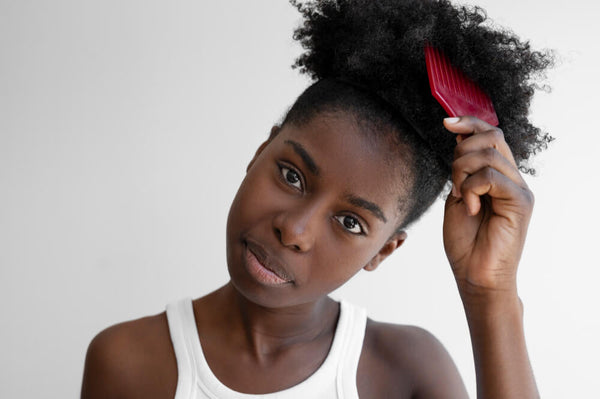What is DHT?
DHT stands for Dihydrotestosterone and is a sex hormone that contributes to the development of sex characteristics during puberty. DHT helps promote sexual health, fertility, and general body mass. DHT is created by a conversion of testosterone in the testes and prostate in men and the ovaries in women.
The Connection Between DHT and Hair Loss
Body changes leads to high levels of DHT in men and women. This increase also contributes to hair loss in men and women [but more commonly in men].
Heard about Male pattern baldness and Female pattern baldness also called androgenic alopecia or androgenetic alopecia? You should know that it's also connected to your hair follicle's sensitivity to DHT.
Experts have confirmed that 95% of pattern baldness cases are effects of DHT on your hair follicles.
DHT causes hair follicles to shrink, resulting in their short lifespan and abnormal hair growth. The amount of DHT you produce depends solely on your hormonal make-up.
That is, the more DHT you produce, the greater your risks of hair loss.

What Are DHT Blockers?
DHT blockers help restore the DHT hormone to its natural levels of production.
There's a myriad of recent advances in the field of DHT Blocking. Some of these are:
- Pharmaceuticals; like Finpecia, Propecia, and Finasteride [however these should be the last resorts]
- Therapeutic-grade, Natural Supplements; have similar results with the pharmaceutical solutions, but without the side-effects and risks.
Is Minoxodil Good For Blocking DHT?
The simple answer? Minoxidil doesn't affect DHT. While it works for stimulating stimulate hair growth, it can’t cure baldness.
Minoxodil is a vasodilator. It works by increasing blood flow to the hair roots, which initially shows little signs of improvement. But it has no effect when DHT is in its advanced stages.
Due to this, your hair becomes 'Minoxidil-dependent' and starts shedding immediately once you stop using it.
So, What’s The Best Approach For Excess DHT?
At Nina Ross Hair Therapy, we recommend getting updated blood work for all androgen hormones to assess where your levels are. Once we have that data, we're able to compile a holistic protocol that will dramatically lessen the effects of DHT on vulnerable hair follicles.

Topical Method Involves
A DHT Scalp Treatment - Using a series of painless micro-injections, we apply a DHT suppressing serum directly to the affected area of your scalp. It's the first and vital step in the process of scalp renewal and hair re-growth. Over a series of treatments, we track your progress and adjust your treatments accordingly.
Internal Method Involves
DHT-Blocking Supplements - These DHT blockers control the conversion of testosterone into DHT. They're used in also controlling male and female pattern baldness. A therapeutic dosage of several natural bio-supplements is what we recommend as an ideal treatment.
Diet & Sugar Intake Regulation - Since your diet has a profound effect on hormones in the body, we take a look at your diet and make recommendations for the best path for you.
Time to put DHT under control? Talk to us now for the best way forward.














